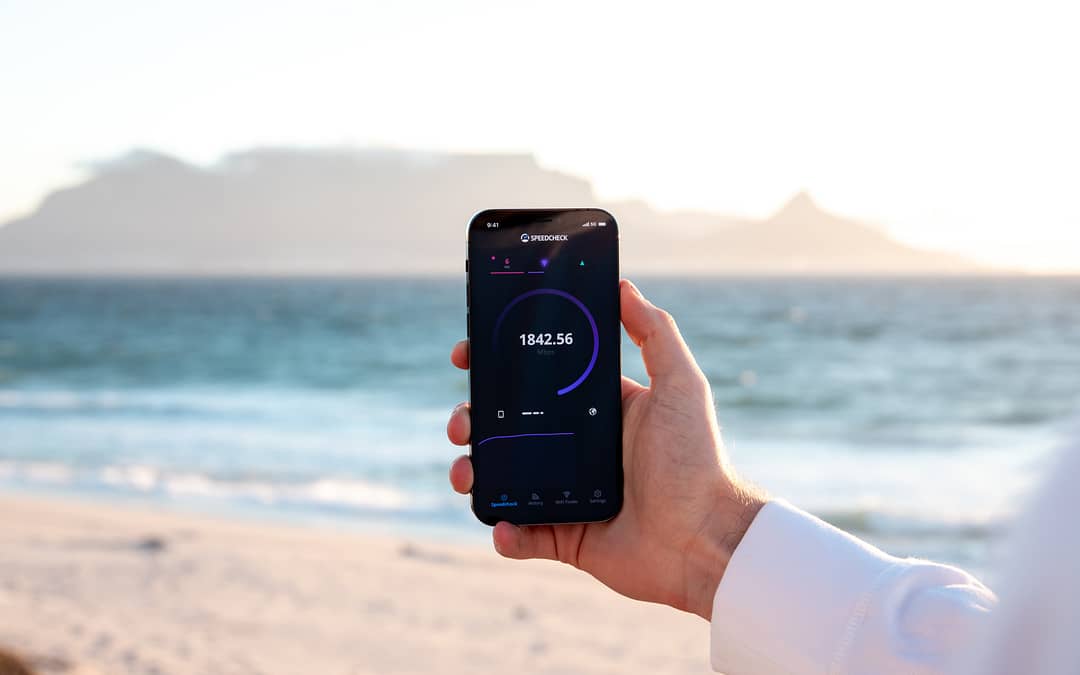
As an organization, our goal is to lift up our Native Hawaiian people. Over the past 19 months, that commitment has only deepened as our friends and neighbors grappled with the challenges and uncertainty of the pandemic. We set out to demonstrate that while Native Hawaiians face unique challenges, we can rely on ourselves to pull together in trying times. We’re proud of the work we do, but there are limits to what organizations like ours can accomplish alone. And – importantly – limits to what our communities can accomplish without reliable, high-speed internet access.
Even in the best of times, and for communities with assured broadband access, NHPI and AA individuals struggle to get adequate financial support and assistance. That’s why during the pandemic, we began several programs, including through our online Pop-Up Makeke, as well as the administration of $500,000 in federal Paycheck Protection Program (PPP) loans. In addition, $400,000 in subgrants were provided to partner organizations to ensure that they could continue to serve Native Hawaiians during these difficult times. With support from federal funds through the State, City, and County of Honolulu, the Department of Hawaiian Home Lands, and private entities, we provided more than $70 million to low- and moderate-income families. Overall, these funds helped more than 10,000 underserved households with rental and utility assistance.
Over the past 19 months we worked to find answers to issues affecting all Hawaiʻi residents. By focusing on housing, economic development, healthcare, and education, we continue to support hundreds of Native Hawaiian organizations and businesses to advance Native Hawaiians and provide opportunities and solutions to our community. Now, we ask the policymakers work hard to deliver on this once in a generation opportunity to invest in our nation’s physical infrastructure and human capacity by closing the digital divide.
One of the most important ways we can enhance the cultural, economic, and community development of Hawaiʻi communities is through increased and equal access to broadband. Currently, there are over 9,000 households across Hawaiʻi enrolled in the Federal Communications Commission’s (FCC) Emergency Broadband Benefit, which helps low-income families access affordable internet service. These 9,000 households represent only a small fraction of Hawaiʻi’s underserved community; it’s estimated that more than 100,000 households in Hawaiʻi currently qualify for the Emergency Broadband Benefit Program.
The pandemic has accelerated our need for reliable internet connectivity, and the lack of accessible broadband for thousands of Hawaiʻi families and households hinders our community’s ability to effectively participate in the digital economy. But it does not have to be this way. Enhanced broadband access is a gateway toward improved digital literacy, economic mobility, and empowerment for underserved populations. Giving people the tools they need to use the internet reliably and confidently will have a profound impact on the potential of our communities’ small businesses to thrive, and on our students’ ability to reach their full potential.
Leveraging the FCC’s Emergency Broadband Benefit program is important for Hawaiʻi residents, but we must recognize that more permanent, long-term solutions are needed to truly close Hawaiʻi’s digital divide. As policymakers at all levels consider policies for closing the digital divide, we urge them to meet the challenges of internet availability and affordability head-on by offering sustainable, long-term solutions. Otherwise, we risk falling short of our shared goal of getting more Americans online.
Providing access to capital and financial services to underserved families is ingrained in our mission. Ensuring universal broadband access in Hawaiʻi is an important extension of this mission, allowing us to bridge the digital divide. Native Hawaiians want to be seen, and we want to be heard. Expanding broadband access will advance our people and our community.
